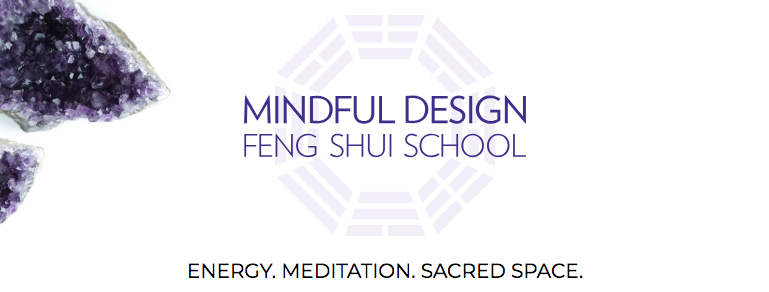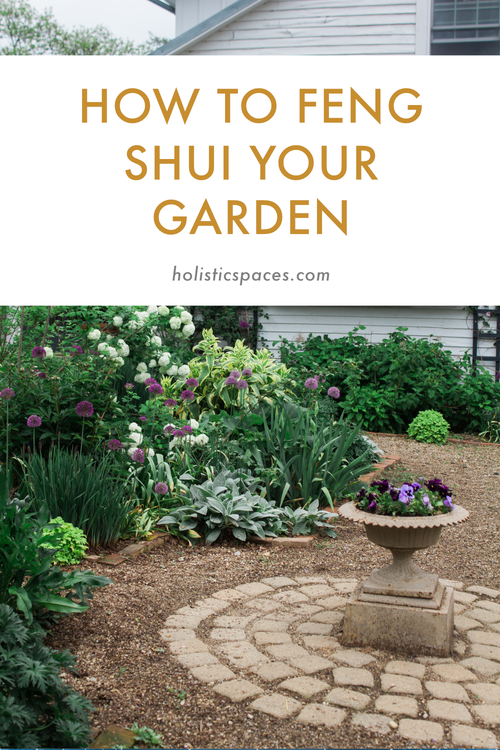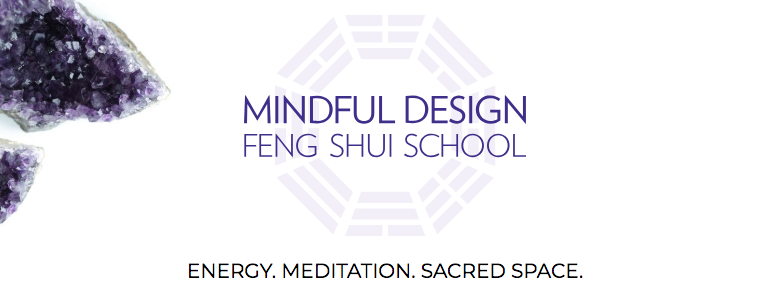I can't believe it's already time to say goodbye to summer! In a few days, we will experience this year's Autumnal Equinox and feel the shift from long, warm summer days to shorter, crisper fall days before we head into winter. Many of our friends have shared incredible ways to adjust to the new season and welcome the equinox. Be sure to check those posts out! We've also pulled together a few tips for this year to make autumn your best season yet!
What is the Autumnal Equinox?
Let's cover the important bases, first. Just what is the equinox, and why is it so important? The September equinox, also referred to as the Autumnal Equinox, marks the point in the year when the sun crosses the celestial equator, a sort of extension of the earth's equator that "sits" above the planet, from north to south. So essentially, the sun is crossing the earth's equator.
The term "equinox" comes from Latin roots "aequus" and "nox", meaning "equal night," which corresponds to the belief that, on an equinox, night and day are equal length. As it turns out, daylight still typically lasts longer than night. The center of the sun sets 12 hours after rising on this day, but each half of the sun still has to travel through the sky, so day and night times will vary. In fact, the equinox is not an all-day event, but the specific moment when the center of the sun reaches this point. This year, in Eastern time, that will happen at 4:02 pm on September 22.
For everyday purposes, the equinox most notably represents the change from summer to autumn. As some of our holistic experts have noted, this is the time to move from yang energy, high activity and cool foods to more inward, yin energy, self-care and a warming, nourishing diet. And, based on the feng shui bagua map and five elements, autumn is a season of Metal.
Autumn and the Metal Element
In feng shui and the five elements theory, the autumn season corresponds to the Metal element and the Completion area of the bagua, which relates to the color white, the number seven and the element of joy. Metal is also associated with clarity.
If you're looking to update your space for the new season, you might think you should add more Metal. But in fact, for the most part, because this season carries more of this element, there can be an overabundance of Metal. Metal relates to metallic colors (think gold, silver) and the colors white and grey, as well as to joy and the mouth, and governs order and beauty. It's associated with efficiency and organization, circular shapes and a general turning inward. So what does an overabundance of Metal mean? Metal out of balance can be rigid and inflexible, stuck on having everything perfect. Since Metal is related to the mouth and speech, individuals with an excess of this element often speak without precision and boundaries. If this describes you in fall, you may have too much Metal!
Some ways to adjust a Metal imbalance: add Water, which drains Metal, or Wood, which dulls and softens the Metal element. For more Water, try enjoying walks along the water, bringing wavy patterns into your space or incorporating the sound of water into your home, like with music or a fountain. If you'd rather add Wood, add blue and green tones or plants to your space! Check out our My Favorite Things series for more insight on adding Water and Wood.
Get Clarity with Metal
Autumn is also the time for harvest, both in agriculture and metaphorically in life. The planting season is ending, so maybe it's good to look at this in terms of your life and space. What no longer serves you in your home? It could be as literal as summer clothes you haven't worn in three years or letting go of old food in the fridge and composting it. Think about things or people in your life that are no longer serving you, as well. Metal element can also be like a sharp sword, cutting through what's unnecessary. It's time to harvest what's come to fruition, look at why some things didn't grow and think about planning for the next year.
Take some time as we transition to fall and consider how your "harvest" has turned out. And what do kind of energies do we want invite the next time around?
by Anjie Cho






